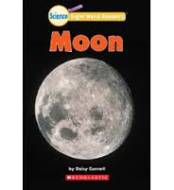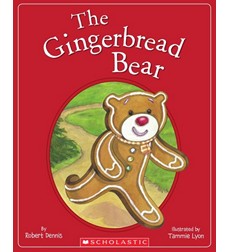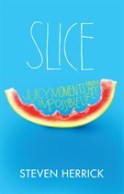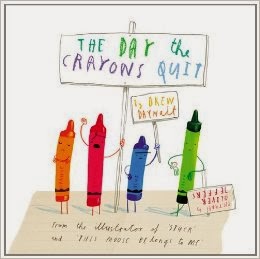Title: Hansel and Gretel
Citation: Randall, R. (2013). Hansel and gretel. New York, NY: Parragon Inc.
Summary:
Hansel and Gretel is retold as the classic fairy tale and nursery rhyme. Hansel and Gretel, brother and sister, are to follow their father and stepmother into the forest. When left to fend for themselves they find comfort in each other and stumble upon a house made of candy and goodies, things they were far too poor for. The wicked witch invites them in and plans to feed them to fatten them. Will the children outsmart the witch and make it home to their beloved father?
Classification:
Nursery Rhyme, Fairy Tale, Children’s Fiction
Grade Level:
Pre-k through 5th grade
Mentor Text:
As a mentor text I would use the story of Hansel and Gretel as a classic nursery rhyme. The fairy tale can be used for writing fairy tales in creative writing. In the older grades students can use pivotal points in the book to problem solve. For example, when Hansel and Gretel wake up in the woods and their father has not returned what can they do?
- Brainstorm the options:
o Return home
o Follow the breadcrumbs
o Yell for help
o Stay here until their father returns
Then continue reading on to see what actually happens in the story. The other points in the story can be used as well, such as, Hansel being put in the cage and the end, will they stay at the new candy home or find their way back to their father. Once they have picked a way to solve Hansel and Gretel’s problem they can rewrite their own fairy tale.
To use this text for writing fairy tales the students can rewrite the story from a different point of view, or write a story of their own that shares the same points as a fairy tale. Fairy tales usually include;
- “Once upon a time”
- Witches
- Evil Stepmothers
- Poverty/Riches
They would first brainstorm their new idea including all their parts of a fairy tale. They will follow the rest of the steps in the writing process (i.e. brainstorm, draft, revise, review, final draft) to finish their own personal fairy tale.
This book can also be used as a mentor text to show dialogue and descriptive line writing. Words do not have to be written in a traditional line format and can be scattered in such a way and written in bold to evoke emotion and feeling.



 The poem on the left is told from the perspective of Little Red Riding Hood, but when read in reverse (as seen on the right), the poem is now told from the Wolf’s perspective. Students will enjoy hearing pieces of their favorite fairy tales told from the perspective of different characters. Students can experiment with the idea of perspective, rewriting their favorite fairy tale from the perspective of a different character.
The poem on the left is told from the perspective of Little Red Riding Hood, but when read in reverse (as seen on the right), the poem is now told from the Wolf’s perspective. Students will enjoy hearing pieces of their favorite fairy tales told from the perspective of different characters. Students can experiment with the idea of perspective, rewriting their favorite fairy tale from the perspective of a different character. 

